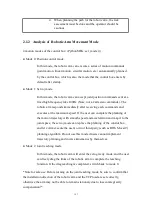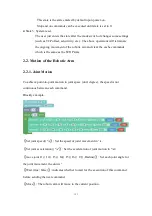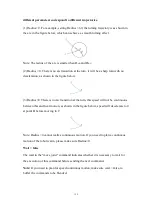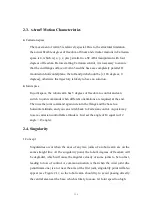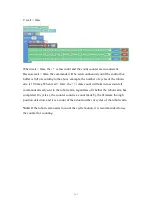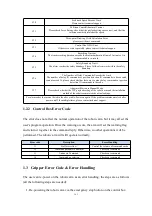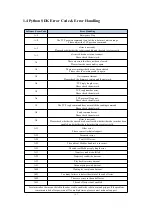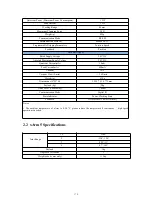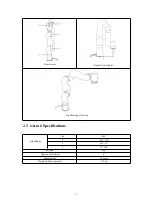
156
2.3. xArm5 Motion Characteristics
● Cartesian space
The movement of xArm5 is relatively special. Due to the structural limitation,
the actual flexible degrees of freedom of linear and circular motions in Cartesian
space is 4, which is [x, y, z, yaw], similar to a SCARA manipulator with four
degrees of freedom. Before starting Cartesian control, it is necessary to ensure
that the end flange surface of xArm5 and the base are completely parallel. If
mounted on horizontal plane, the roll and pitch should be [± 180 degrees, 0
degrees], otherwise the trajectory is likely to have no solution.
● Joint space
In joint space, the robotic arm has 5 degrees of freedom to control and can
switch to joint commands when different orientations are required at the end.
Then use the joint command again to return the flange and the base to a
horizontal attitude, and you can switch back to Cartesian control. A quick way
to set a cartesian controllable attitude is: Just set the angle of J4 equal to-(J2
angle + J3 angle).
2.4. Singularity
1.Concept
Singularities occur when the axes of any two joints of a robotic arm are on the
same straight line. At the singularity point, the robot's degrees of freedom will
be degraded, which will cause the angular velocity of some joints to be too fast,
leading to loss of control. A common situation is that when the wrist joint (the
penultimate one) is at or near the axis of the first joint, singularity point will also
appear (see Figure 2.1), so the robotic arm should try to avoid passing directly
the central area near the base, which is likely to cause 1st Joint speed too high.


